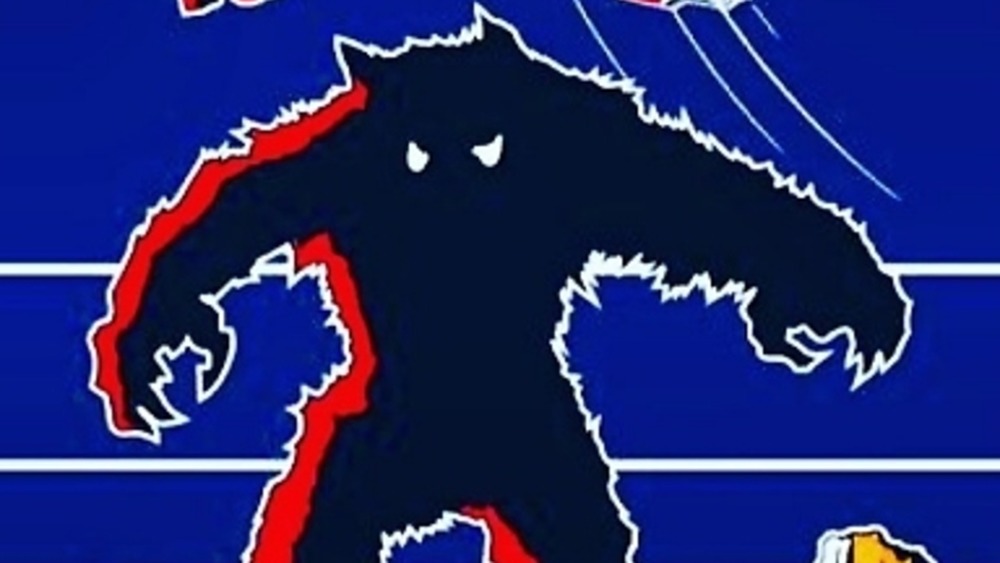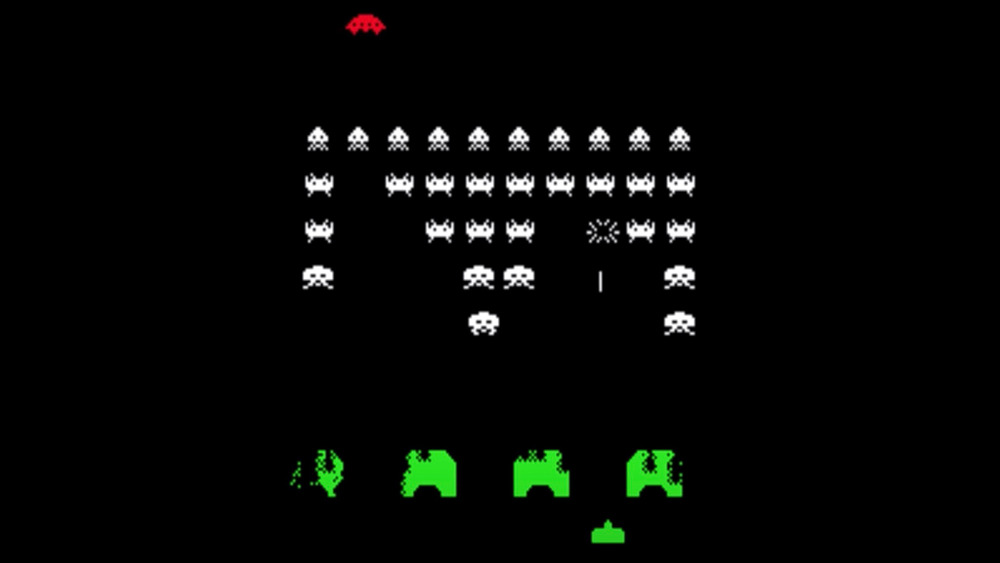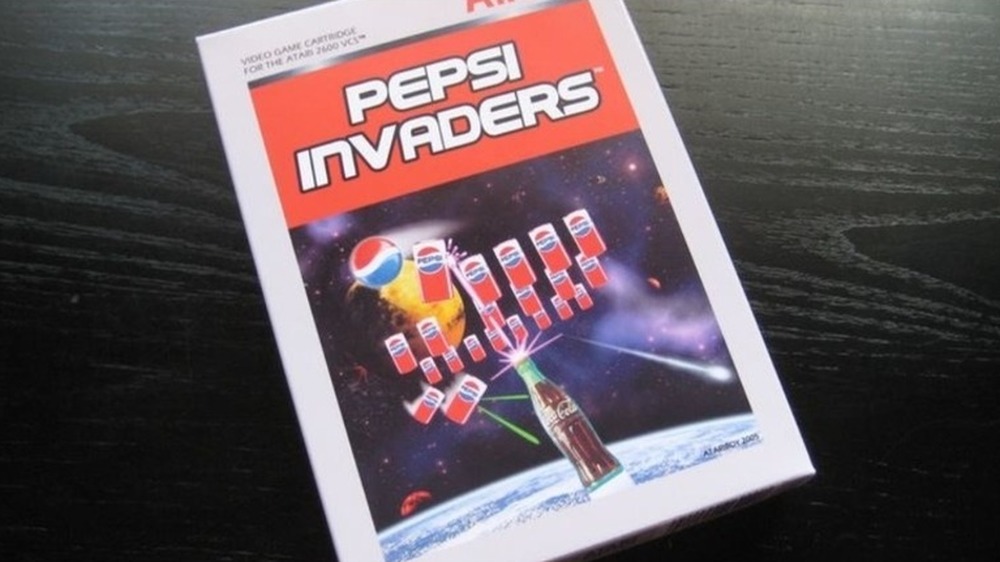Details You Didn't Know About Space Invaders
Space Invaders was one of the first true blockbuster games. It debuted in 1978 and almost immediately was a hit. One urban legend at the time said the game was so popular in Japan that the country ran out of coins. Players crowded video arcades, and some of them were content just to watch their friends play the game. Space Invaders also helped make home video game consoles into their own industry.
Millions of fans bought Atari 2600s just to play the game at home. Although the American video game market crashed in 1983, Space Invaders had proven the marketability of a home console. Two years later, Nintendo introduced the NES to the U.S.
Space Invaders is a simple game from a simpler time. The player controls a spaceship that scrolls side to side and shoots down wave after wave of incoming alien enemies. If the enemies reach the player, the player dies. The game didn't bother with a backstory. It was never specified where the aliens came from or why they wanted to invade Earth. In 1978, novelty was enough.
Here are some details you didn't know about Space Invaders.
A bug became one of the game's best features
Space Invaders is a tough game, and even its creator, Tomohiro Nishikado, has admitted he's terrible at it. One of the game's most notorious features is the tendency of the iconic alien invaders to speed up as they descend from the sky, giving the player less time to react and defend themselves.
This wasn't the plan initially. During development, Nishikado noticed that as the player destroyed more aliens, it reduced the load on the microprocessor and allowed the game to run faster. Nishikado realized that their hardware limitations could actually be used to make the game better, and they kept the bug in.
To amp up the pressure on the player even more, Nishikado sped up the game's soundtrack to coincide with the aliens speeding up, which was itself another innovation in video games. The accelerating aliens and soundtrack, and other new features like displaying previous high scores, all gave Space Invaders a much more challenging feel than contemporary games — almost like it was daring players to beat it. If Nishikado had his way, the final product would have been much easier to play. Fortunately, his colleagues overruled him.
It spawned over 100 copycats
Space Invaders is still one of the most influential games of all time. It launched in an era when video game companies heavily borrowed or even outright copied other companies' ideas. Some games, like Galaga, Centipede, or Frogger, used Space Invaders' formula to create something entirely new. Other games basically ripped off the original and gave it a new title.
Over 100 Space Invaders clones were created in the '70s, '80s, '90s, and beyond. Starting in 1979, copycats were released with titles like Space Intruders, Alien Invader, TI Invaders, Spectral Invaders, Space Armada, Astro Warrior, Microspace Invaders, and simply Invaders. Also in 1979, Coca-Cola commissioned the very first advertising video game. It was called Pepsi Invaders, and players defended Earth from an invasion by the rival cola company.
While many of these Space Invader ripoffs were made to capitalize on the original game's success, more recently, fans have made their own tribute games in Space Invaders' style. Scrolling side to side and blasting things never gets old.



